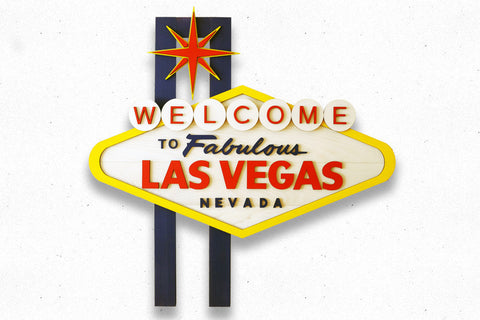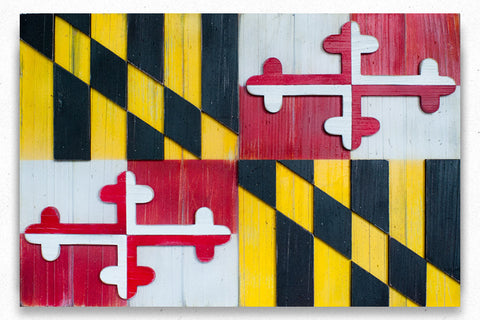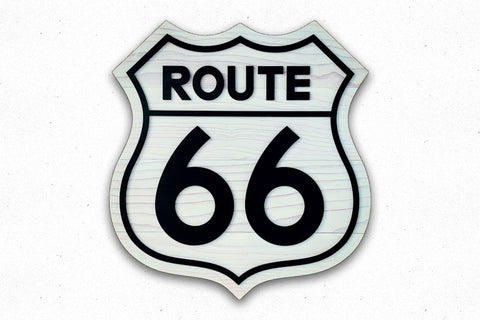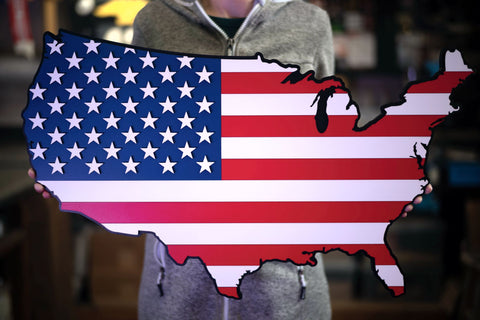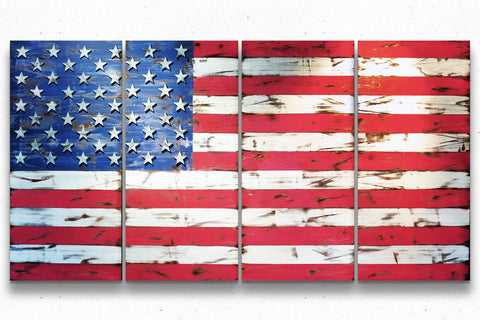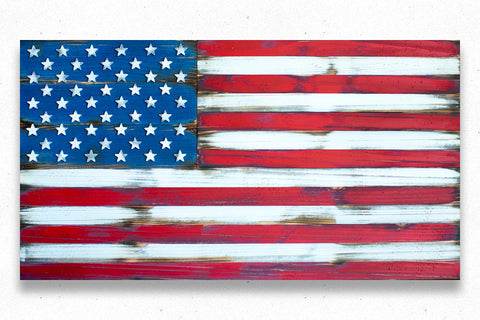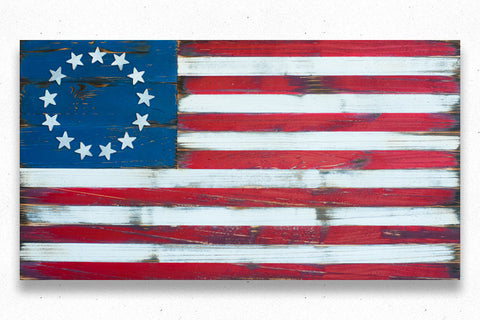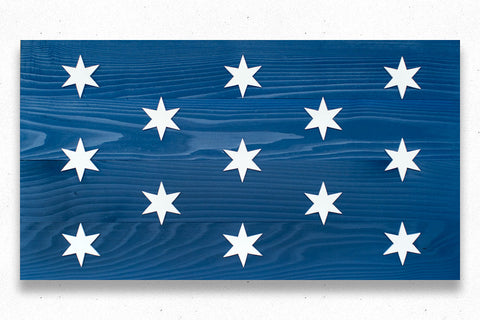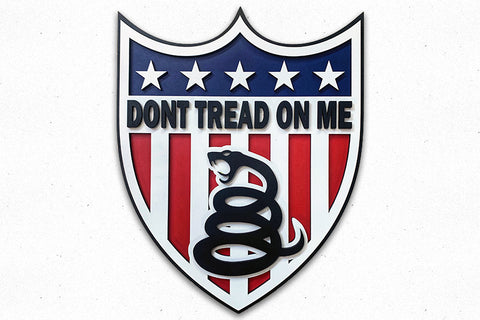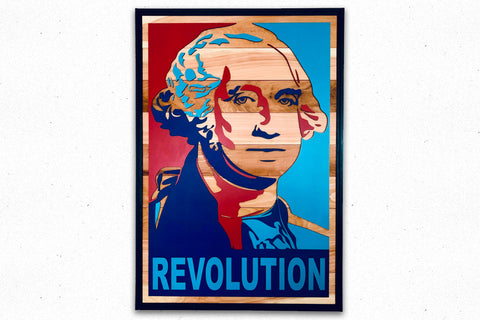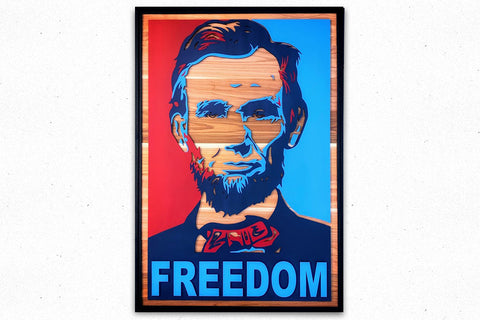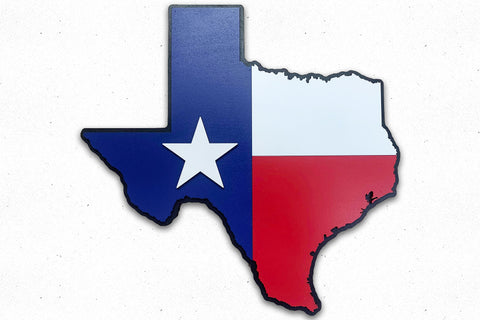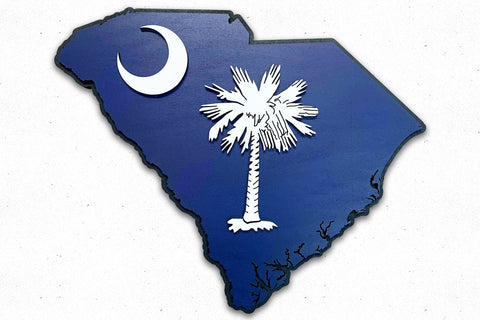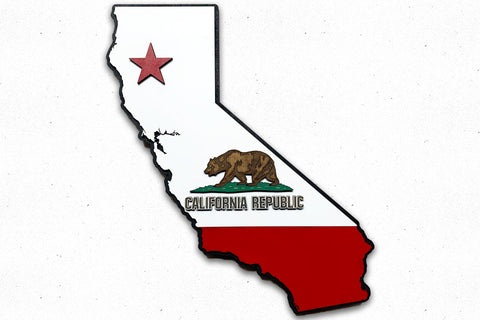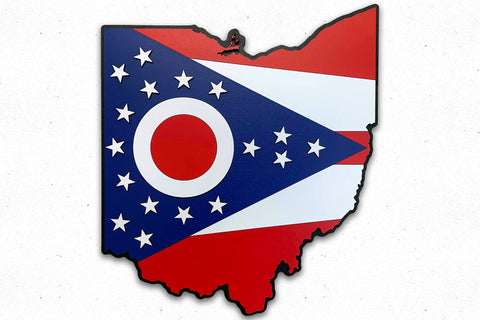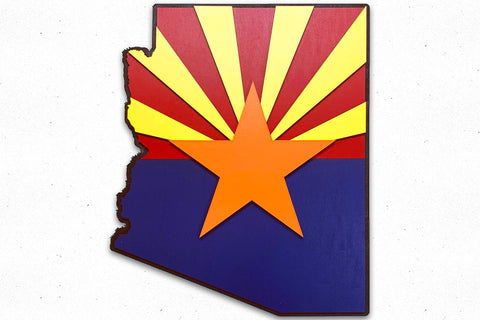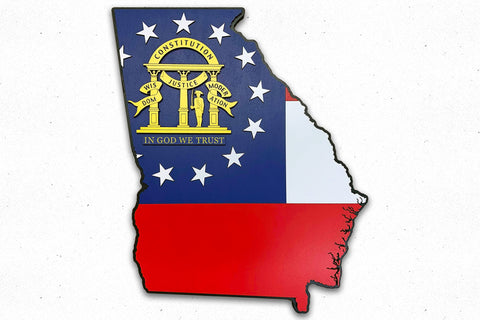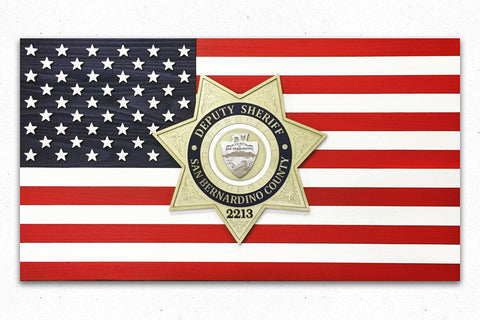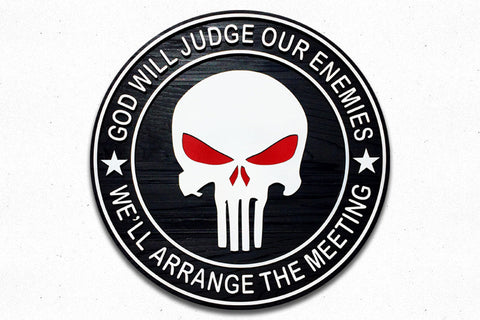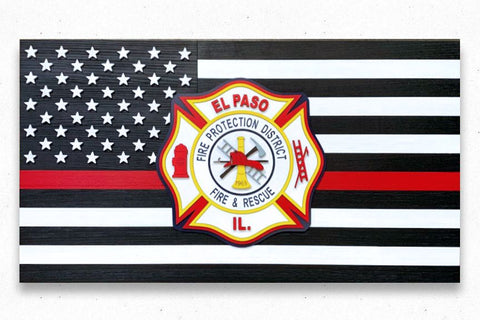America’s patriotic integrity is being called into question. In recent news, both the Gadsden Flag and the Pledge of Allegiance, two bold expressions of freedom and independence for the American people, have been opposed, bringing attention to unjustified racial resentment.
Likely, you have been reading news stories about how wearing the Gadsden Flag could be punishable harassment or how Colin Kaepernick didn’t stand during the national anthem. Instead, here’s the real story you need to be reading.
Uncovering the true history
In the fall of 1775, the British were occupying Boston and the young Continental Army was holed up in Cambridge, lacking the necessary supplies to last through the season. Welcome to the Battle of Bunker Hill. It was here that Washington's troops—the young continental army—had been so low on gunpowder that they were ordered "not to fire until you see the whites of their eyes."
Soon enough, a merchant ship was returning to Philadelphia from a voyage to England. On board were private letters to the Second Continental Congress that informed Washington’s troops that the British government was sending two ships their way loaded with arms and gunpowder. An opportunity to capture supplies that they couldn’t afford not to capitalize on.
A plan was hatched by Washington and the Second Continental Congress to capture the cargo ships. To do so, they quickly authorized the creation of a Continental Navy, starting with four ships, including the merchant ship that carried the information from England.
To accompany the Navy on their first mission, Congress also authorized the mustering of five companies of Marines. Some of the Marines that enlisted that month in Philadelphia were carrying drums painted yellow, emblazoned with a fierce rattlesnake, coiled and ready to strike, with thirteen rattles, and sporting the motto "Don't Tread on Me."
That motto became part of the Gadsden flag—the same symbol that, 242 years later, is now being considered racist.
Why displaying the Gadsden Flag may be punishable racial harassment
One of the roles of the Equal Employment Opportunity Commission is to attend to hostile work environment claims brought against federal agencies. In a recent case, there was a formal complaint against a federal Agency where the complaint alleged that the Agency subjected him to discrimination on the basis of race (African American). According to the complaint, in the fall of 2013, a coworker repeatedly wore a cap to work with an insignia of the Gadsden Flag. Complainant stated that he found the cap to be racially offensive to African Americans because the flag was designed by Christopher Gadsden, a “slave trader & owner of slaves.”
Complainant backed-up his claim stating that the Gadsden Flag is a “historical indicator of white resentment against blacks stemming largely from the Tea Party.” He also noted that the Vice President of the International Association of Black Professional Firefighters cited the Gadsden Flag as the equivalent of the Confederate Battle Flag when he successfully had it removed from a New Haven, Connecticut, fire department flagpole.
While the EEOC reviewed the record, they came to a conclusion that the Gadsden Flag originated in the Revolutionary War in a non-racial context. Though the Gadsden flag has, at times, been used to communicate racial messages. Such as when, in June 2014, assailants with connections to white supremacist groups draped the bodies of two murdered police officers with the Gadsden flag during their shooting spree.
Sadly, this isn’t the first time that a flag has been considered racist. In 2012, the EEOC ruled that co-workers wearing Confederate flag T-shirts can be subject to punishable harassment. Though it’s an interesting case, we’ll save the details for another time.
To get a clearer picture of what the Gadsden Flag symbol was actually intended for, let’s take a brief look at the history of the flag, and it’s maker, Christopher Gadsden.
A little more about the Gadsden flag
Christopher Gadsden was an American patriot. He led Sons of Liberty in South Carolina starting in 1765, and was later made a colonel in the Continental Army. In 1775, he was in Philadelphia representing his home state in the Continental Congress. He was also one of three members of the Marine Committee.
It’s no secret that Gadsden made his money as a merchant in South Carolina, and both owned and sold slaves. For context into the time period, his fellow American patriot, and slave owner, Benjamin Franklin, actually helped him design the American rattlesnake symbol used on the Gadsden flag.
Gadsden, who was often called “the Sam Adams of the South,” was delegate to the Stamp Act Congress, delegate to the First and Second Continental Congresses, and commander of the 1st South Carolina Regiment of the Continental Army. Both he and Franklin were staunch American patriots.
Gadsden presented a copy of his flag to his state legislature in Charleston. As recorded in the South Carolina congressional journals:
"Col. Gadsden presented to the Congress an elegant standard, such as is to be used by the commander in chief of the American navy; being a yellow field, with a lively representation of a rattle-snake in the middle, in the attitude of going to strike, and these words underneath, "Don't Tread on Me!"
The Gadsden Flag was intentionally designed not to convey a racist message, but a patriotic one. Here are a few notes on the flag’s symbolism, written by his friend and colleague, Ben Franklin.
- The Rattlesnake is found in no other quarter of the world besides America
- The rattlesnake also has sharp eyes, and "may therefore be esteemed an emblem of vigilance.
- She never begins an attack, nor, when once engaged, ever surrenders: She is therefore an emblem of magnanimity and true courage
- The rattle = the number of the Colonies united in America
We live in a dangerous time. U.S. history is being rewritten and forever changed. Our flags intended for patriotic cheer—like the Gadsden Flag—are being considered racist. Where does the madness end?


